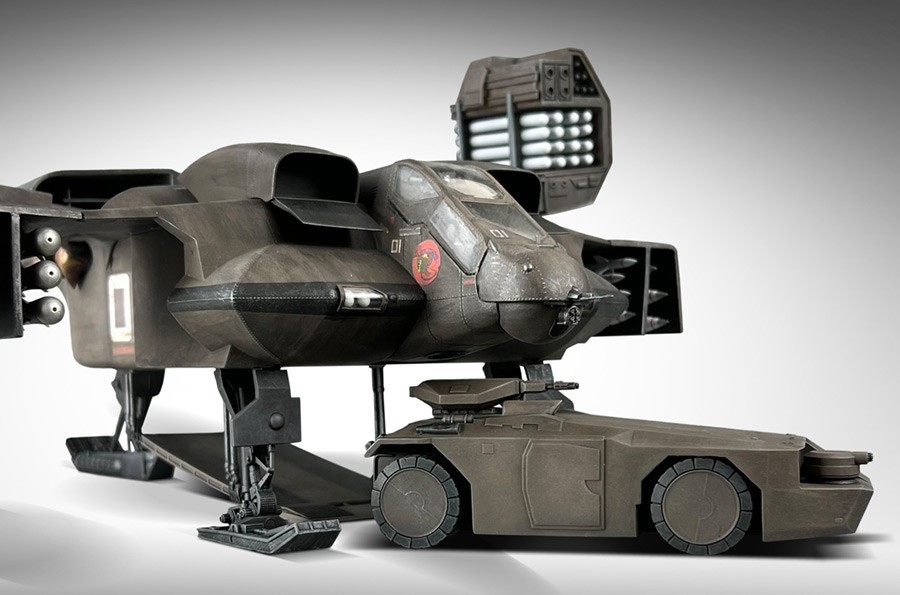ProfGrizzlyJon
Emperor Mongoose
Completely agree. Most of the modules need a serious update (in my mind).Spaceships: Modular Cutter and Cutter Modules
G. Gunship Module.
H. The cutter isn't armoured, which made me first compare it to the Huey.
I. If you did have to make an assault module, this is probably better configured.
J. You could make the firmpoint missile armed, and place a laser into a turret, though you'd need to find a power source.
K. Though still as currently envisioned, would be extremely reluctant to take it into non permissive airspace, and just taxi the armoured fighting vehicle to a safe landing zone.

One of my more mature and fleshed out NPC havens is basically a "custom body shop" that manufactures and customizes cutter modules.
